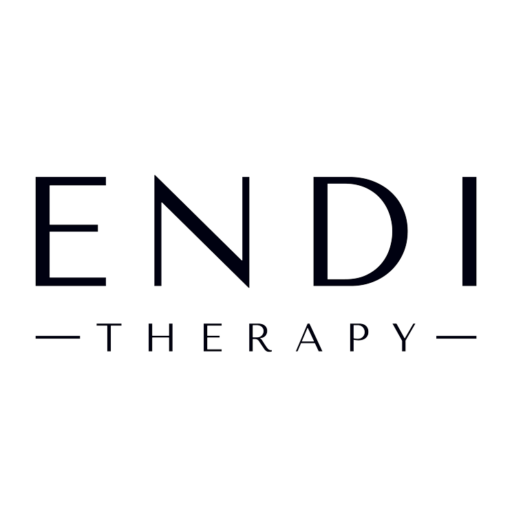Introduction
William Makepeace Thackeray once wrote, “Mother is the name for God in the lips and hearts of little children.” This powerful statement underscores the profound influence caregivers have on shaping early emotional bonds and psychological development. However, the caregiving influence extends beyond biological mothers to alloparenting, where children are nurtured by individuals other than their biological parents. In the U.S., up to 90% of children experience alloparenting by age three, highlighting the importance of diverse caregiving relationships in shaping young lives.
Attachment Theory and Its Importance
Attachment theory suggests that humans naturally seek emotional, social, and physical closeness with others. This biobehavioral system supports survival and fosters a sense of security. A key aspect is attunement, the caregiver’s ability to accurately perceive and meet a child’s needs, which is crucial for creating a secure attachment bond. A secure attachment bond offers security, emotional warmth, and regulation, serving as a “secure base” from which children can explore their environment and return for support.
Impact of Misattunement
When caregivers are not accessible, responsive, or emotionally involved, they misattune to the child’s needs, disrupting the caregiver-child bond and leaving the child feeling confused, helpless, inadequate, and powerless. This can lead to insecure attachment styles, perpetuating intergenerational transmission of insecure attachment patterns. Insecure attachment manifests in three styles: anxious, avoidant, and disorganized, each with distinct strategies for self-protection and emotional regulation.
The anxious attachment style is characterized by a fear of abandonment and a chronic need for reassurance. Avoidant types struggle to trust others and prefer to remain emotionally distant. Those with disorganized attachment exhibit a blend of anxious and avoidant traits, flipping between seeking closeness and avoiding it.
Attachment and Neurodivergence
High inheritability rates of autism and ADHD suggest that both neurodivergents (NDs) and their parents face minority stress, potentially fostering attachment insecurity. Research indicates that insecure attachment patterns are common in ADHD households characterized by dysfunction and rigidity. Parental ADHD traits correlate with higher instances of parental rejection or punitive behavior, affecting the attachment style of their children. There is also evidence linking insecure attachment in children with co-occurring conditions such as oppositional defiant disorder, conduct disorder, mood disorders, and anxiety disorders.
Ambient Misattunement
A common misconception is that attachment styles are solely determined by early caregiver relationships. In reality, attachment styles develop in response to experiences with both primary and secondary attachment figures, including relatives, teachers, peers, romantic partners, and therapists. In ableist societies, secondary attachment figures often fail to attune to the needs of NDs, contributing to misattunement and insecure attachment styles. Additionally, the minority stress experienced by NDs can perpetuate insecure attachment patterns across generations.
The good news is that insecure attachment can be healed. Psychiatrist Irvin Yalom famously said, “It’s the [therapeutic] relationship that heals,” a statement supported by extensive research. Neuroaffirmative Therapy recognizes the practitioner’s role in repairing the working models of insecurely attached clients by consistently attuning to their needs and providing a reparative experience, effectively “re-parenting” them.
Through this process, clients with insecure attachment styles can gradually shift toward “earned secure” status. This term refers to individuals who, despite initially forming insecure attachments, have developed secure attachments and effective coping strategies. By engaging in therapeutic processes, clients can reshape their attachment behaviors and perceptions, leading to more secure and fulfilling relationships.
Attachment and Neuroaffirmative Therapy
Neuroinformed and neuroaffirming therapists ideally assess the ND’s attachment history and styles, tailoring their approach accordingly. They strive to fulfill the roles of healthy attachment figures, providing consistent attunement and support. This involves being a stable source of attunement, a soother, an emotional nurturer, a mirror to the client’s authentic self, a cheerleader, a mentor, a protector, and a home base.
Therapy should focus on meeting foundational attachment needs, such as connection, attunement, trust, autonomy, and love/sexuality. Addressing these needs helps clients cultivate meaningful relationships and develop a sense of unity with their emotions and others. By embodying these qualities, therapists can assist NDs in internalizing the attributes of healthy relationships, thereby reshaping their internal working models toward secure attachments and enhancing their overall well-being.
Concluding Thoughts
Attachment styles profoundly impact the emotional and psychological development of NDs. Neuroaffirmative Therapy offers a valuable approach to understanding and addressing attachment and neurodivergence, transforming insecure patterns into secure ones. Through consistent attunement and support, therapists can help ND cultivate healthy, secure relationships, ultimately enhancing their overall well-being. By fostering a deep sense of connection and security, this therapeutic approach paves the way for lasting personal growth and fulfillment.

